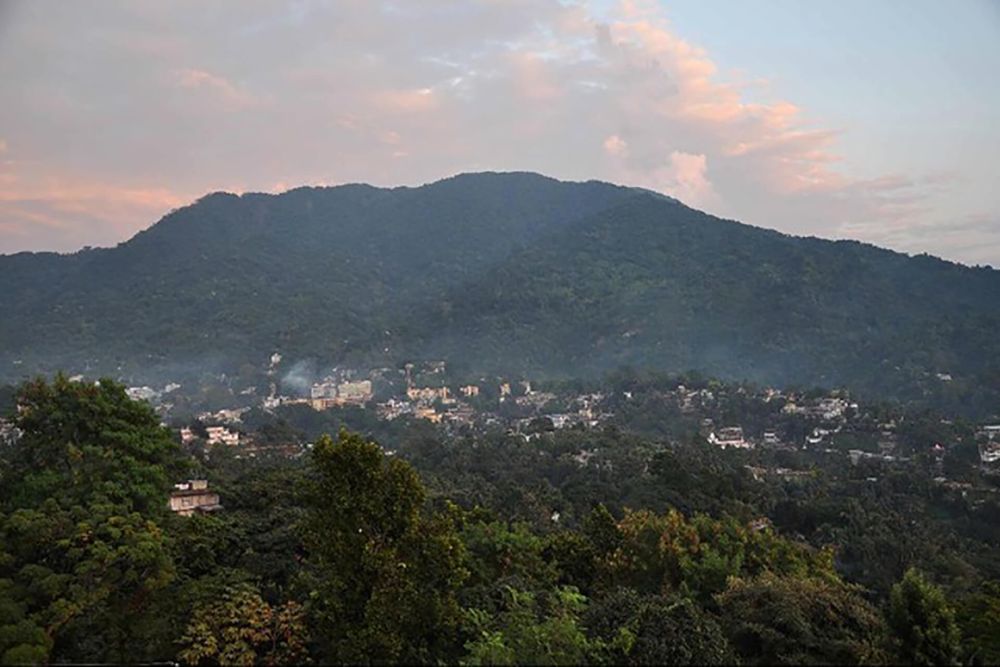

Tura, a picturesque hilly town in the West Garo Hills district of Meghalaya, India, is a relatively unexplored gem in the North-Eastern part of the country. One of the most cherished spots here is the Tura Viewpoint, which offers breathtaking panoramic views of the lush green hills and the plains below.
The history of tourism in Tura is not as ancient as in other parts of India, primarily due to the region's remoteness and accessibility challenges. It wasn't until the 1970s and 1980s that Tura began to gain recognition as a potential tourist destination within the state of Meghalaya. The beauty of the region coupled with its unique cultural heritage began attracting visitors and researchers interested in exploring the less-trodden paths of India.
With government efforts and improved infrastructure, the region slowly started to open up to domestic tourism. The establishment of Nokrek National Park, a UNESCO Biosphere Reserve close to Tura, also played a significant role in putting Tura on the tourist map.
The Tura Viewpoint, also known as Tura Peak, is one of the most prominent tourist attractions in the region. It is historically important to the indigenous Garo people, and over the years, it has emerged as a must-visit spot for trekkers and nature lovers. The viewpoint offers a stunning sight of the lower plains of Bangladesh on a clear day, making it a unique vantage point unlike any other in the state.
Reaching the top of Tura Peak involves a moderately challenging hike, which has invariably attracted adventure enthusiasts. The surrounding area's rich biodiversity adds to the allure of the trek. With increased tourism, Tura Viewpoint has played a pivotal role in both drawing people to the scenic town of Tura and in the preservation of its natural surroundings.
In recent years, Meghalaya has seen a surge in tourism, with more travelers seeking offbeat and eco-friendly destinations. Tura, too, has benefited from this trend, as visitors are drawn to its untouched beauty and tranquil ambiance. Homestays and eco-lodges have become popular, providing personalized experiences and interactions with local communities while promoting sustainable tourism practices.
Agro-tourism is another trend gaining momentum in the region. Tourists show a growing interest in organic farming practices and appreciate the opportunity to learn about and indulge in locally grown produce.
The Meghalaya government, recognizing the potential in tourism, has been proactive in promoting Tura and its surroundings through festivals such as the Wangala Festival, which showcases the rich cultural heritage of the Garo people. Furthermore, with digital connectivity and social media, lesser-known spots like Tura Viewpoint are now reaching wider audiences, encouraging a steady increase in footfall.
To summarize, Tura Viewpoint stands as a testament to the evolving journey of tourism in Tura, from obscurity to a cherished destination for visitors looking for serenity, adventure, and a deep connection with nature and culture. It is the concerted effort of the locals, government, and the tourism community that continues to sustain and grow the tourism potential of Tura as we move into the future.